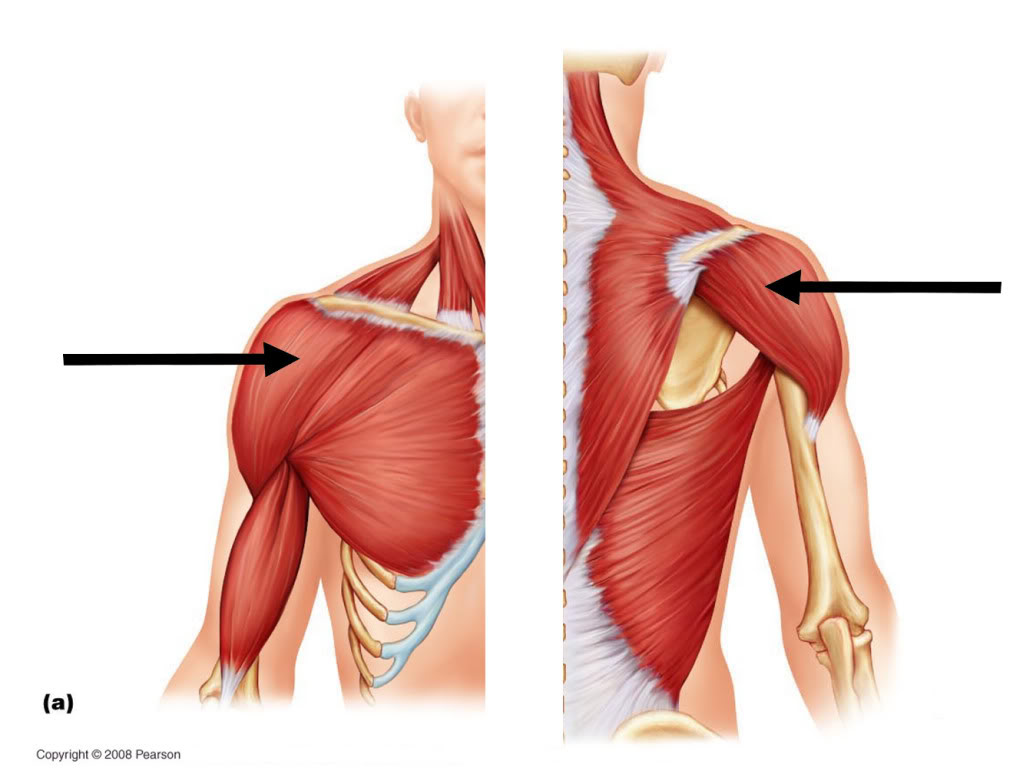Pulled Deltoid Muscle: Causes, Symptoms & Recovery Tips

A pulled deltoid muscle can be a painful and limiting injury, often occurring due to overuse, improper lifting, or sudden movements. The deltoid muscle, responsible for shoulder movement, is crucial for daily activities and sports. Understanding the causes, symptoms, and recovery tips can help you manage this injury effectively and prevent future occurrences. Whether you're an athlete or someone who enjoys staying active, this guide will provide valuable insights into healing and strengthening your deltoid muscle.
Causes of Pulled Deltoid Muscle

A pulled deltoid muscle typically results from overexertion or repetitive strain. Common causes include:
- Overuse in sports: Activities like weightlifting, swimming, or tennis can strain the deltoid.
- Improper lifting techniques: Lifting heavy objects without proper form can lead to injury.
- Sudden movements: Quick, forceful motions can stretch or tear the muscle fibers.
- Lack of warm-up: Engaging in intense activity without warming up increases the risk of injury.
Understanding these causes is the first step in preventing a pulled deltoid muscle. (shoulder injury, muscle strain, injury prevention)
Symptoms of Pulled Deltoid Muscle

Recognizing the symptoms early can help you seek timely treatment. Common signs include:
- Pain in the shoulder: Ranging from mild discomfort to severe pain, especially during movement.
- Swelling and bruising: Inflammation and discoloration around the shoulder area.
- Limited range of motion: Difficulty lifting or rotating the arm.
- Weakness: Reduced strength in the affected shoulder.
If you experience these symptoms, it’s essential to rest and avoid further strain. (shoulder pain, muscle injury symptoms, recovery tips)
Recovery Tips for Pulled Deltoid Muscle

Healing a pulled deltoid muscle requires a combination of rest, therapy, and gradual strengthening. Here are effective recovery strategies:
Rest and Ice Therapy
Immediately after injury, follow the RICE method:
- Rest: Avoid activities that aggravate the shoulder.
- Ice: Apply ice packs for 15–20 minutes every 2–3 hours to reduce swelling.
- Compression: Use a compression bandage to minimize inflammation.
- Elevation: Keep the shoulder elevated to reduce swelling.
📌 Note: Avoid applying ice directly to the skin to prevent frostbite.
Physical Therapy and Exercises
Once the acute pain subsides, begin gentle exercises to restore strength and flexibility:
- Range-of-motion exercises: Slowly move the shoulder in circular motions.
- Resistance band exercises: Use bands to gently strengthen the deltoid.
- Isometric exercises: Contract the muscle without moving the joint.
Consult a physical therapist for a personalized plan. (physical therapy, shoulder exercises, muscle recovery)
Checklist for Pulled Deltoid Recovery

Follow this checklist to ensure a smooth recovery:
- ✅ Rest the injured shoulder immediately.
- ✅ Apply ice packs regularly for the first 48 hours.
- ✅ Use compression bandages to reduce swelling.
- ✅ Start gentle exercises after consulting a professional.
- ✅ Avoid heavy lifting or strenuous activities until fully healed.
A pulled deltoid muscle can be frustrating, but with proper care and patience, you can recover fully. By understanding the causes, recognizing symptoms, and following recovery tips, you’ll be back to your active lifestyle in no time. Remember, prevention is key—always warm up, use proper techniques, and listen to your body. Stay informed and take care of your shoulders for long-term health. (shoulder health, injury recovery, fitness tips)
How long does it take to recover from a pulled deltoid muscle?
+
Recovery time varies, but mild strains may heal in 1–2 weeks, while severe injuries can take 6–8 weeks.
Can I continue working out with a pulled deltoid?
+
Avoid exercises that strain the shoulder until the pain subsides. Consult a trainer or therapist for guidance.
When should I see a doctor for a pulled deltoid?
+
Seek medical attention if pain persists, swelling worsens, or you experience severe weakness or numbness.



